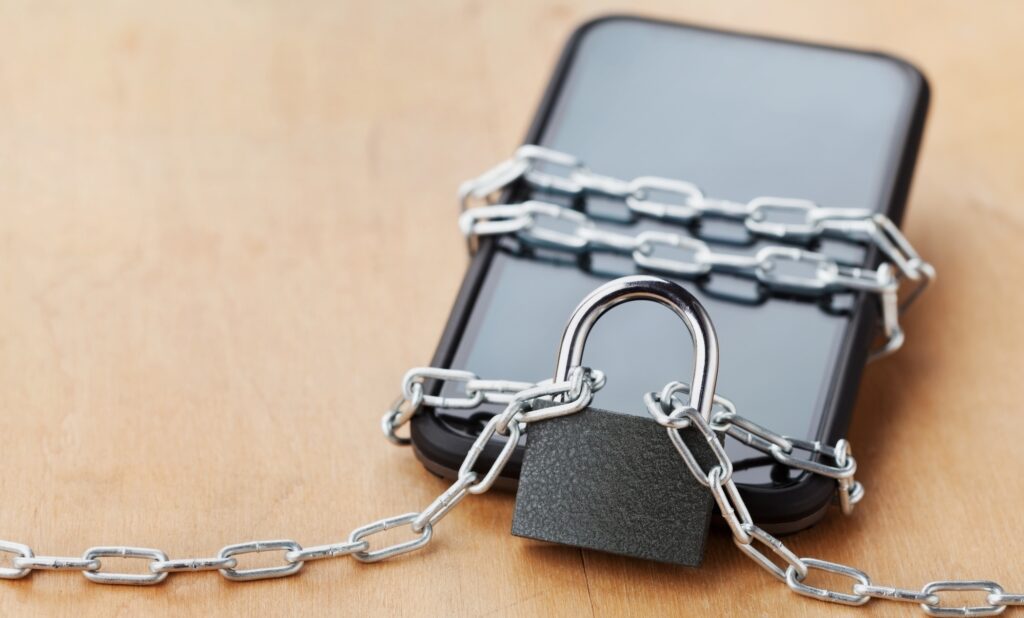Intermittent Digital Fasting: A Simple Way to Reset Your Brain

In a world where we reach for our phones before brushing our teeth and scroll until our eyes burn at night, “unplugging” feels almost rebellious. But after months of feeling constantly overstimulated, mentally foggy, and weirdly anxious, I decided to try something I’d read about: intermittent digital fasting. No, it’s not about quitting tech entirely. It’s more like mindful breaks from screens — and wow, it changed everything.
What Is Intermittent Digital Fasting?
Think of it like intermittent fasting for your brain — but instead of skipping meals, you’re skipping screens at specific intervals. For five days, I committed to digital fasting windows: no screens from 8 PM to 10 AM. That meant no late-night Instagram scrolling, no early morning emails, and no mindless YouTube binges in between.
I also threw in two “tech-free zones” each day: one hour in the afternoon (usually post-lunch) and one hour before dinner where I kept all screens — phone, laptop, TV — completely off-limits. Just me, my thoughts, and maybe a book.

Day 1: Withdrawal Is Real
The first evening was the hardest. My fingers instinctively reached for my phone every few minutes, like a muscle memory I didn’t know I had. I kept imagining I was missing something urgent — a message, an update, a meme. Spoiler: I wasn’t.
That night, I actually read a book. Not an audiobook. Not an article. A real, physical book. My brain struggled to stay focused for more than five pages, but I pushed through. I also slept deeper than I had in weeks.
Day 2–3: The Shift
By day two, I noticed how noisy my mind usually was. Without the constant stimulation, my thoughts started to slow down. I was more present during meals. I actually tasted my food. My usual habit of watching something while eating felt unnecessary.
I also started journaling in the mornings — something I hadn’t done in years. Without emails and messages flooding in first thing, my brain felt spacious. Creative ideas flowed more easily. Even during work hours, I found I was more focused and less reactive.

Day 4–5: Real Rest Returns
By the end of day four, I was sleeping like a baby. No 2 AM doomscrolling. No overstimulated brain keeping me up. Just deep, uninterrupted rest.
I also noticed my posture had improved (no more hunching over my phone 24/7), my eyes felt less strained, and my anxiety levels had noticeably dropped. The “itch” to check my phone had almost disappeared. It was liberating.
What I Learned
Intermittent digital fasting didn’t just give me a break from screens — it gave me back to myself. I realized how addicted I had become to instant gratification, how little time I gave my brain to just be, and how much I craved stillness without even knowing it.
This isn’t to say I’m giving up tech. Let’s be real — it’s part of my life and my work. But now, I’ve built in tech boundaries that feel non-negotiable. My new normal includes screen-free mornings, evening wind-downs, and intentional digital “blackout” hours.
Would I Recommend It?
Absolutely — especially if you’re feeling burnt out, scattered, or overwhelmed. Start small: maybe try one screen-free evening a week, or commit to no screens for the first hour after you wake up. It’s not about perfection, it’s about presence.
I never thought five days without mindless scrolling could make me feel this recharged — but here we are. Intermittent digital fasting might be the reset your brain has been begging for.







